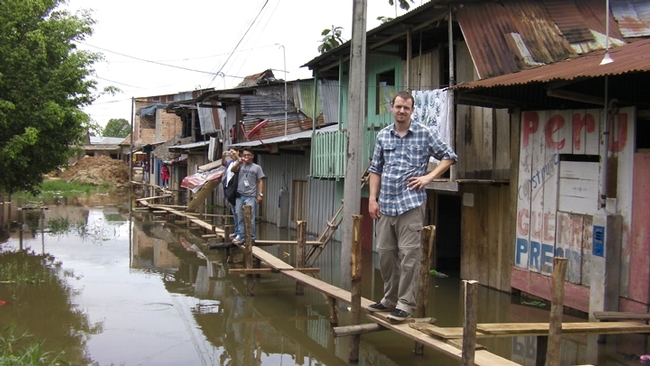- Author: Kathy Keatley Garvey
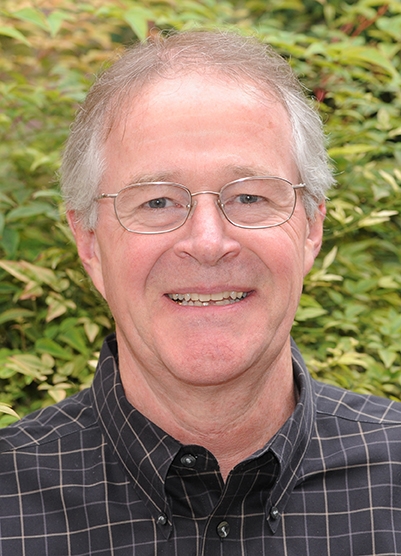
The parallel, cluster-randomized, controlled trial revealed that a spatial repellent, currently under review by the World Health Organization (WHO), reduced human Aedes-borne virus infection by 34.1 percent.
“That is a significant statistical and public health reduction,” said Scott, an internationally recognized medical entomologist who retired from the UC Davis Department of Entomology and Nematology in 2015 but continues his scientific research on the ecology and epidemiology of dengue, a mosquito-borne viral infection transmitted mainly by A. aegypti. Dengue, one of the most rapidly increasing vector-borne infectious diseases, infects some 400 million people a year, with 4 billion people at risk annually.
The clinical study results mean that spatial repellents have “the potential to reduce a variety of vector-borne diseases, augment existing public health efforts, and can be an effective component in vector control intervention strategies,” Scott said.
The newly published research, “Efficacy of a Spatial Repellent for Control of Aedes-borne Virus Transmission: A Cluster-Randomized Trial in Iquitos, Peru,” appears in the Proceedings of the National Academy of Sciences (PNAS). The Bill and Melinda Gates Foundation funded the research in a grant to the University of Notre Dame (UND). Medical entomologist Nicole Achee, a research professor at UND, served as the project leader.
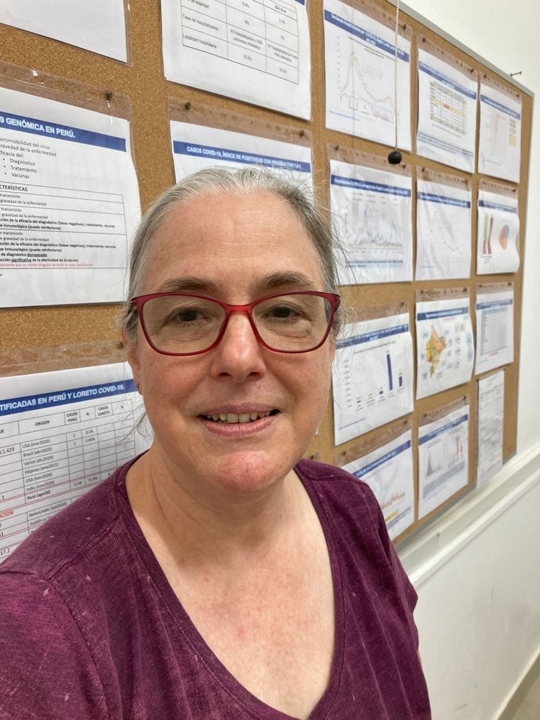
“To have shown a substantial public health impact at an endemic site, is rewarding,” said Scott, now a resident of Luck, Wis. “Our results provide valuable new data on mosquito control that will help to fill long-standing knowledge gaps and improve guidance for development of enhanced public health policy. Because literally billions of people around the globe are at risk of infection and disease from these viruses we are encouraged that results from our trial will contribute to improved health and well-being of so many people.”
Epidemiologist Amy Morrison, a 1996-2018 project scientist with the UC Davis Department of Entomology and Nematology and now with the UC Davis School of Veterinary Medicine's Department of Pathology, Microbiology and Immunology, served as the lead author of the PNAS paper. “This trial was the most logistically challenging field project I've ever participated in,” she said. “I led the field efforts in Iquitos, Peru where I have resided since 1998. Our research team continued to amaze me; they had to replace more than 20,000 products in more than 2,000 houses every 15 days and managed 80 percent coverage of participating houses. This type of vector control trial is very difficult to carry out so demonstrating protective efficacy is very gratifying.”
Achee said the Peru study outcomes “are a critical component to achieving our goals for supporting a WHO policy endorsement for spatial repellents. The reduction in Aedes-borne virus infection in at-risk participants seen in trial results have fundamentally contributed to the WHO encouraging further consideration for the use of this product class in public health worldwide. This is a historical milestone that was led by the UC Davis implementing team and I am thrilled to have been part of the collaborative effort."
Spatial repellents are “devices that contain volatile active ingredients that disperse in air,” the authors explained. “The active ingredients can repel mosquitoes from entering a treated space, inhibit attraction to human host cues, or disrupt mosquito biting and blood-feeding behavior and, thus, interfere with mosquito–human contact. Any of these outcomes reduce the probability of pathogen transmission.”

More than half of the world population is at risk for infection with viruses transmitted by Aedes mosquitoes, including include dengue, Zika, chikungunya, and yellow fever, the scientists wrote.
Vector interventions are needed for Aedes-borne viral (ABV) disease prevention “but their application is hindered by the lack of evidence proving they prevent infection or disease," they wrote. "Results from our ABV study will help guide public health authorities responsible for operational management and worldwide ABV disease control and incentivize new strategies for disease prevention.”
“The primary mosquito vector, Aedes aegypti, thrives in modern tropical urban environments. Despite decades of effort to control Ae. aegypti populations and prevent disease, the geographic range of illness and the viruses this mosquito transmits continue to expand,” they related. “Rigorously proven vector control interventions that measure protective efficacy against Aedes-borne viruses are limited to Wolbachia in a single trial in Indonesia and do not include any chemical interventions. Spatial repellents, a new option for efficient vector control, are designed to decrease human exposure to Aedes-borne viruses by releasing active ingredients into the air that disrupt mosquito–human contact and, thus, reduce the risk of human infection.”
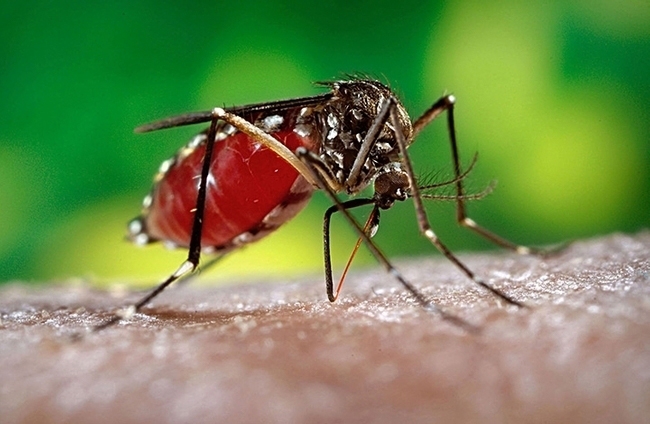
The Iquitos trial is one of two trials recommended by WHO for assessing public health value and developing global health policy for the intervention class of spatial repellents. “Fully integrating vector control into Aedes-borne viral disease prevention programs requires quantitative guidance based on quantitative measures of the impact from each intervention component,” the authors wrote. “Ministries of Health, local to national governments, and nongovernmental organizations can use the Peru trial results as an evidence base for informed application of spatial repellents. Considering the growing public health threat from Aedes-borne viral disease, difficulties of developing vaccines against multiple viruses, and past poorly informed vector control failures, enhanced Aedes-borne viral disease prevention will benefit greatly from interventions, like the Peru trial, with proven public health value.
Thomas Scott. Scott, a member of three WHO committees and one of the world's Highly Cited Researchers for the third consecutive year, co-chairs a Lancet Commission that focuses on how prevention of viruses transmitted by Aedes mosquitoes. He served on the faculty of the Department of Entomology, University of Maryland, from 1983 to 1996 before joining the UC Davis entomology faculty as a professor of entomology and director of the Vector-Borne Disease Laboratory. Highly honored by his peers, Scott won the coveted Harry Hoogstraal Medal from the American Society of Tropical Medicine and Hygiene in 2018. He is a fellow of the American Society of Tropical Medicine and Hygiene, Entomological Society of America, and the American Association for the Advancement of Science. He holds bachelor and master's degrees from Bowling Green (Ohio) State University and a doctorate in ecology in 1981 from Pennsylvania State University.
Amy Morrison. Morrison, who holds a doctorate in public health from Yale University, with a concentration in epidemiology of infectious diseases, and a master's degree in public health from UCLA, has served as the principal investigator, co-principal investigator and a collaborator on a number of federally funded grants. She specializes in the epidemiology of tropical vector-borne diseases, with an emphasis on (1) arthropod vector ecology and dengue virus transmission dynamics and (2) spatial and temporal analyses using Geographic Information Systems.
As a project scientist, Morrison supervises multiple studies on A. aegypti and dengue virus transmission dynamics, including longitudinal cohort studies evaluating A. aegypti control interventions, and the role of human movement in dengue transmission dynamics in Iquitos, funded by National Institutes of Health, Military Infectious Disease Research Program and Bill and Melinda Gates Foundation. She is an active member of the American Mosquito Control Association, American Association for the Advancement of Science, Entomological Society of America, American Society of Tropical Medicine and Hygiene, and the Society of Vector Ecologists.
Nicole Achee. Achee is a research associate professor in the Department of Biological Sciences, UND, and holds a joint associate professor appointment in the Eck Institute for Global Health, UND. She worked as a medical entomologist in the international settings of Belize, Indonesia, Mexico, Nepal, Peru, South Korea, Suriname, Tanzania and Thailand. Her curriculum vitae includes principal investigator for large scale clinical trials in Peru and Indonesia. Both studies aimed “to generate evidence of the protective efficacy of spatial repellents for prevention of malaria and dengue human infections for use toward full World Health Organization public health policy recommendations,” she says on her website. Achee holds a doctorate in medical entomology from the Uniformed Services University of the Health Science, Bethesda, Md.
In addition to the Bill and Melinda Gates Foundation, the Iquitos project drew support from the Defense Threat Reduction Agency, Military Infectious Disease Research Program and the U.S. National Institute of Allergy and Infectious Diseases.

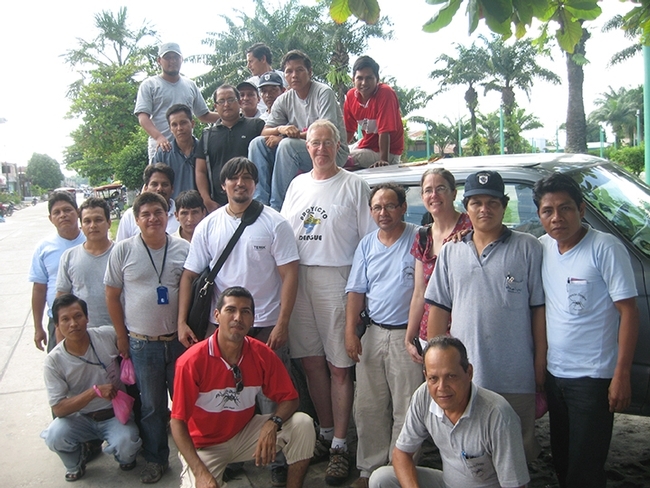
- Author: Kathy Keatley Garvey
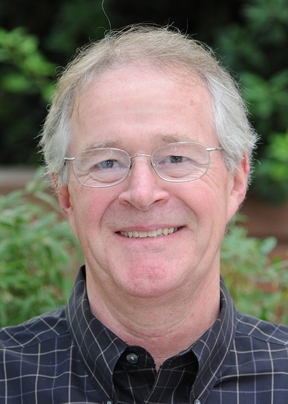
The study, published in the Public Library of Science (PLOS), Neglected Tropical Diseases, contradicts the long-held assumption that once you're infected with a particular dengue serotype, you won't get it again.
“Our most significant result from this study is that immunity to dengue viruses does not always provide perfect protection from reinfection,” said principal investigator and medical entomologist Thomas Scott, distinguished professor and now emeritus, UC Davis Department of Entomology and Nematology. “The public health implications include evaluation of dengue vaccines, interpretation of a person's virus exposure history and susceptibility to new infections, and design of dengue surveillance programs.”
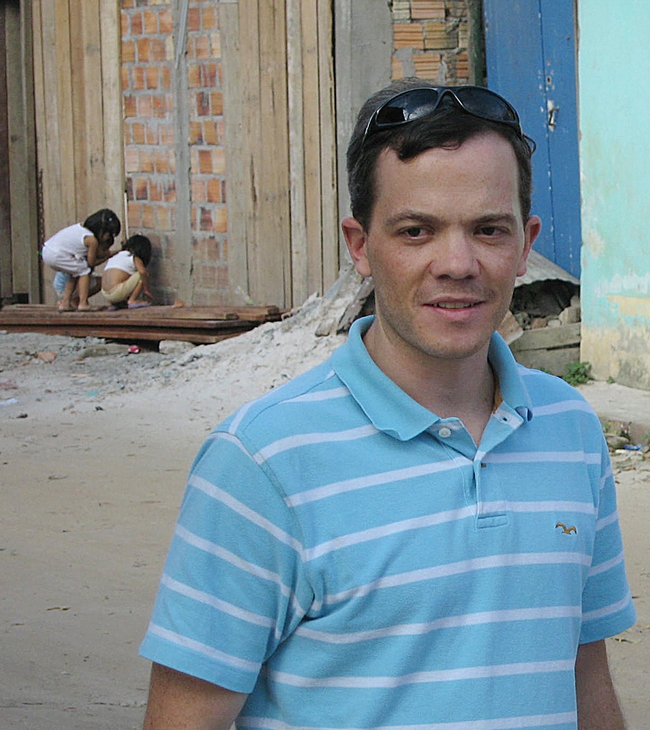
Dengue infects 400 million people worldwide each year, and 4 billion people or nearly half of the world's population are at risk for dengue,” said Scott, who has studied dengue more than 25 years and is recognized as a leading expert in the ecology and epidemiology of the disease. “There is no vaccine nor drug that is effective against this virus.”
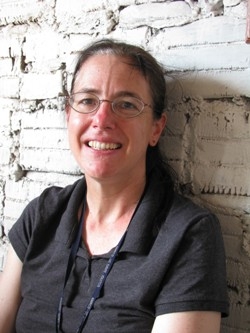
“This finding could help explain results of dengue vaccine trials that showed poor efficacy against one of the four serotype,” Stoddard said. “It also has broad implications for vaccine development.”
The research team investigated the "validity of the fundamental assumption" by analyzing a large epidemic caused by a new strain of DENV-2 that invaded Iquitos, Peru, in 2010-2011, 15 years after the first outbreak of DENV-2 in the region.
"Our data indicates that protection from homologous DENV re-infection may be incomplete in some circumstances, which provides context for the limited vaccine efficacy against DENV-2 in recent trials," the research team wrote. "Further studies are warranted to confirm this phenomenon and to evaluate the potential role of incomplete homologous protection in DENV transmission dynamics." 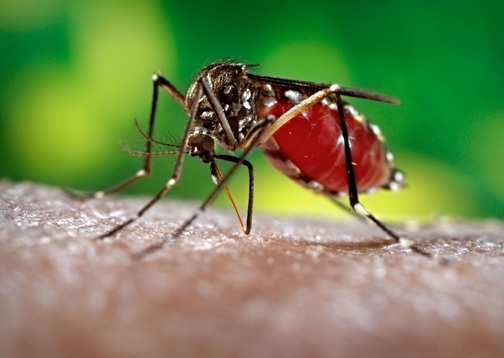
Scott and Amy Morrison of the Scott lab and U.S. Naval Medical Research Unit, co-directed the project in Iquitos. The paper is also the work of Sandra Olkowski and Kanya Long of the Scott lab; Robert Reiner of Andrews University, Berrien Springs, Mich., and the Fogarty International Center; Brett Forshey, Angelica Espinoza, Stalin Vilcarromero, Tadeusz J. Kochel and Eric Halsey of the U.S. Naval Medical Research Unit; Helen Wearing, University of New Mexico, Alburquerque; and Wilma Casanova, Universidad Nacional de la Amazonía Peruana, Iquitos, Perú.
While vaccines are under development, it is not clear how they can be best applied when they are available, including in combination with other interventions like mosquito control, Scott said. “New disease prevention tools, in addition to vaccines, and an improved understanding of virus transmission dynamics, which will enhance surveillance and epidemic response, are needed to reduce the global burden of dengue.”
The paper, “Incomplete Protection against Dengue Virus Type 2 Re-infection in Peru,”
is online at
http://journals.plos.org/plosntds/article?id=10.1371/journal.pntd.0004398
Related Links:
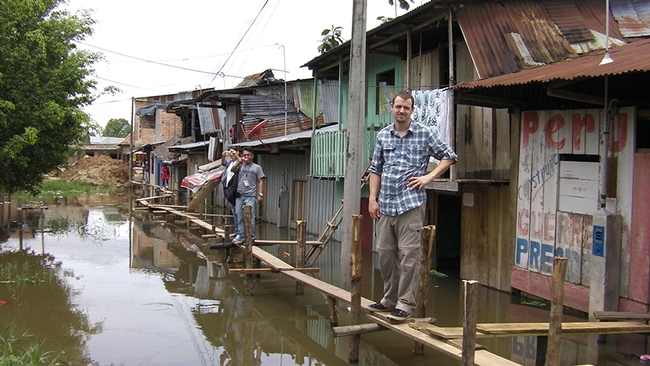
- Author: Kathy Keatley Garvey
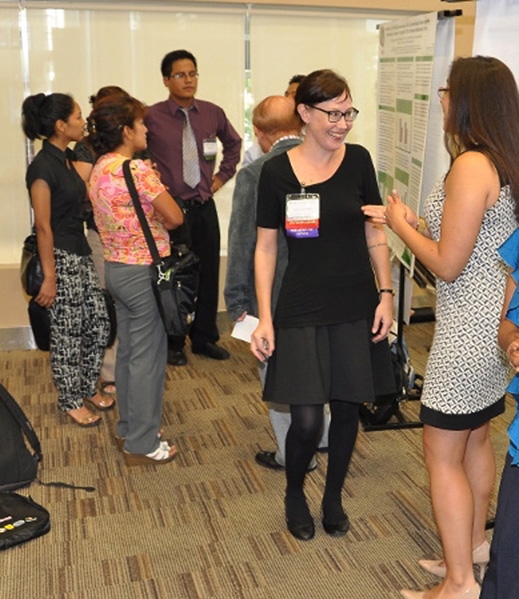
If a patient is the sole wage earner in the family, lost wages can amount to a third of the monthly household income.
Olkowski recently gave a presentation on the "Economic Impact of Work Absenteeism Due to Dengue Fever in Iquitos, Peru” at the fifth annual American Society of Tropical Medicine Hygiene/Peru meeting.
“Over a quarter of the laboratory-confirmed patients fell significantly below Peru's minimum monthly wage,” Olkowski said. “In the wage group with the highest rate of dengue, lost wages due to dengue illness represented more than 25 to 30 percent of their monthly income. It's also important to note that we included only wage-earners, whereas the majority of women work in the home and are not earning a wage, so these are one-income households.”
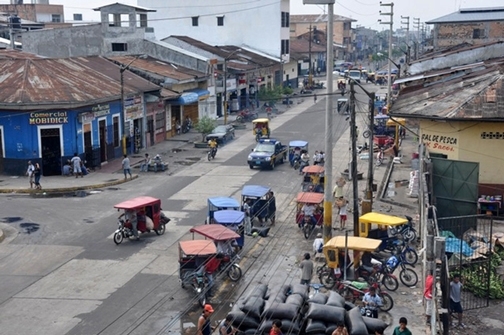
“In this project, Dr. Vilcarromero and I quantified one aspect of the 'hidden economic burden' of dengue in Iquitos,” she said. “A lot of attention is being given to the economic impact of hospitalized dengue cases but that's not the full story. Our research demonstrates that even when dengue is technically a ‘mild' illness, the people who live with it are suffering not only physically but economically.”
“For this study, we looked at how lost work days due to non-severe dengue affects people,” Olkowski said, explaining that in Iquitos, most families have a single wage earner and receive little or no paid sick leave. “Thus, taking a sick day can mean less support for their families.”
“We considered only patients who went to a clinic but were not hospitalized and who were laboratory confirmed for dengue serotype 4,” she said. “That is generally considered to cause mild, ambulatory illness so that would probably not be taken too seriously from an economic impact standpoint.”
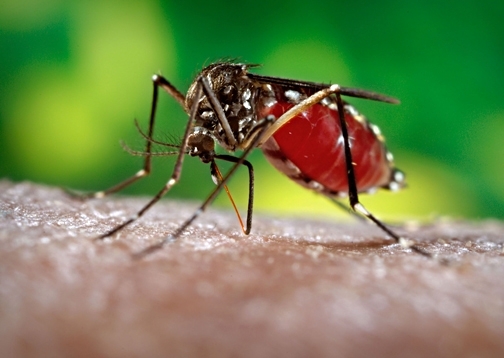
This was her third trip to Iquitos. On each of the first two trips, she did research for about two months, and has now been in Iquitos for seven months.
Olkowski, who is seeking her doctorate in entomology with a major interest in medical entomology and public health, expects to graduate in the summer of 2016. She holds a bachelor's degree in economics from UC Davis.
The world-class Thomas Scott lab studies the dengue virus, which is transmitted by Aedes aegypti, a daytime-biting mosquito. The dengue virus has been spreading globally over the last four decades, including parts of United States. More than half of the world's population is now at risk of infection. The disease infects 400 million people each year.
Scott, distinguished professor of entomology and director of the Mosquito Research Program, is the principal investigator of two grants totaling nearly $10 million to study the mosquito-borne, viral illness.
The grants, awarded in 2014, include $7.5 million from the National Institutes of Health (NIH) and $2.2 million from Notre Dame University.
Amy Morrison of the UC Davis Department of Entomology and Nematology, co-leads the projects in Iquitos, where she directs the long-running UC Davis epidemiological field research program in collaboration with NAMRU-6. Other UC Davis researchers involved in the grants are Steven Stoddard, Robert C. Reiner, T. Alex Perkins, Veronica Armijos, Jody Simpson and Christopher Barker and Olkowski.
The $2.2 million grant, “Spatial Repellants for Control of Vector-borne Disease,” from Notre Dame University, is the first-ever project aimed at dengue prevention. It focuses on studying the potential for spatial insect repellants to reduce exposure to dengue virus in people's homes.
The NIH grant, “Quantifying Heterogeneities in Dengue Virus Transmission Dynamics,” aims to quantify how much people, with different degrees of illness, vary in their contribution to virus transmission and spread.
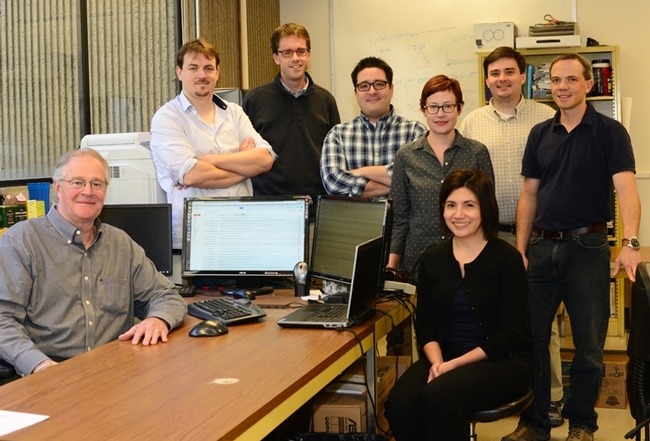
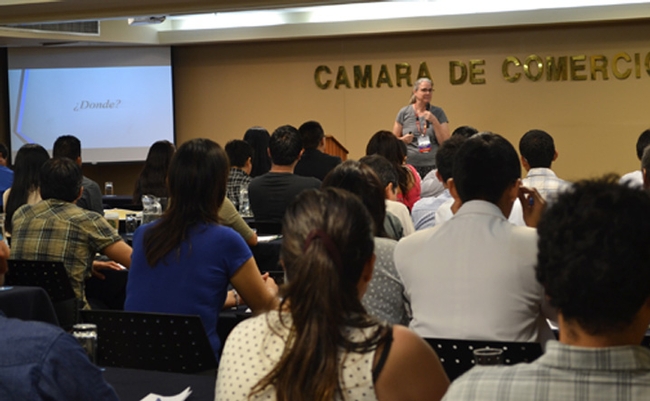
- Author: Kathy Keatley Garvey
(News embargo lifts at noon Monday, May 19, 2014, Pacific Time)
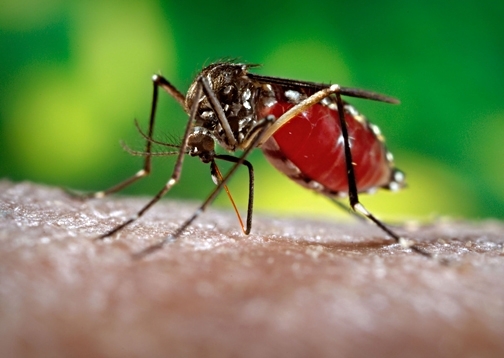
Listen to Video, Robert Reiner (YouTube, Created by Professor James Carey)
DAVIS--Newly published research involving a 12-year study of dengue infections in Iquitos, Peru—an international team project led by researchers at the University of California, Davis—helps explain why interventions are frequently unsuccessful in efforts to prevent the mosquito-borne disease.
The research, headed by Professor Thomas Scott of the UC Davis Department of Entomology and Nematology, is published May 19 in Proceedings of the National Academy of Sciences (PNAS).
"Defining variation in the risk of dengue transmission has been a roadblock to understanding disease dynamics and designing more realistic and effective disease prevention programs,” said Scott, noted dengue researcher and a senior author of the paper, “Time-Varying, Serotype-Specific Force of Infection of Dengue Virus.”
“This study is an important step toward overcoming that obstacle,” Scott said. “We hope our results will help reduce the burden of this increasingly devastating disease."
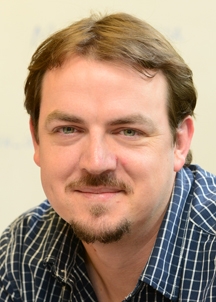
“Typically, most infections go unnoticed and as such, measuring and modeling transmission intensity is problematic,” Reiner said.
Dengue virus is transmitted by Aedes aegypti, a mosquito that bites during the daytime as people move about in their daily routines.
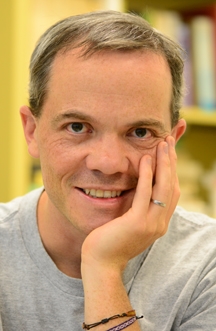
“Our work suggests that certain serotypes can infect up to 33 percent of the susceptible population in a single year and that 79 percent of the population of Iquitos would need to be protected from any further infection to eliminate transmission. Further, our estimates form a detailed description of virus transmission dynamics that provides a basis for understanding the long-term persistence of dengue and for improving disease prevention programs.”
Reiner, who holds a doctorate in statistics from the University of Michigan, joined the Scott lab in September 2011. He has just accepted a position as assistant professor in the Department of Epidemiology and Biostatistics, Indiana University, Bloomington.

“The marked variation in transmission intensity that we detected indicates that intervention targets based on one-time estimates of the force of infection (FoI) could underestimate the level of effort needed to prevent disease,” the authors wrote in their abstract. “Our description of dengue virus transmission dynamics is unprecedented in detail, providing a basis for understanding the persistence of this rapidly emerging pathogen and improving disease prevention programs.”
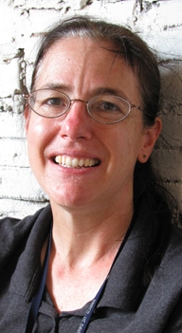
“There is no vaccine nor drug that is effective against this virus,” said Scott, who has studied dengue more than 25 years and is recognized as the leading expert in the ecology and epidemiology of the disease.
While vaccines are under development, it is not clear how they can be best applied when they are available, including in combination with other interventions like mosquito control, Scott said. “New disease prevention tools, in addition to vaccines, and an improved understanding of virus transmission dynamics, which will enhance surveillance and epidemic response, are needed to reduce the global burden of dengue.”
The work was supported by the RAPPID program of the Science and Technology Directory, Department of Homeland Security, and Fogarty International Center, National Institutes of Health; Innovative Vector Control Consortium; U.S. Department of Defense Global Emerging Infections Systems Research Program Work Unit; Military Infectious Disease Research Program Work Units; Deployed Warfighter Protection Program, Department of Defense; and a Wellcome Trust.
